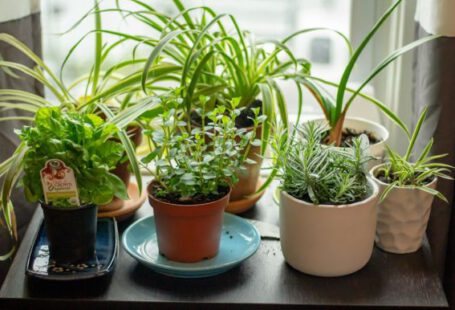Pruning is an essential technique for maintaining the health and vitality of plants. By selectively removing certain parts of a plant, we can encourage new growth, improve the plant’s shape, and prevent disease. However, it is important to approach pruning with care, as improper techniques can harm the plant and hinder its growth. In this article, we will explore the art of pruning and provide some helpful tips for achieving optimal growth.
Understanding the Basics of Pruning
Before we delve into the specifics, it is important to understand the basic principles of pruning. First and foremost, pruning should be done during the plant’s dormant season. This is typically in late winter or early spring when the plant is not actively growing. By pruning during this time, the plant is less likely to experience stress and can recover more quickly.
Additionally, it is important to use clean, sharp tools when pruning. Dull or dirty tools can damage the plant and increase the risk of disease. Make sure to sterilize your tools before and after each use to prevent the spread of pathogens.
Pruning for Shape and Structure
One of the main reasons for pruning is to improve the shape and structure of a plant. By removing dead or damaged branches, you can enhance the overall appearance and promote better growth. When pruning for shape, it is important to step back and assess the plant from different angles. Look for branches that are crossing or rubbing against each other, as well as those that are growing in unwanted directions. By selectively removing these branches, you can create a more balanced and aesthetically pleasing plant.
Promoting New Growth
Pruning can also be used to stimulate new growth. By selectively removing certain branches, you can encourage the plant to produce more flowers or fruit. This is especially important for fruit trees, as it helps to improve the quality and quantity of the harvest. When pruning for new growth, it is important to focus on removing older, unproductive branches. This allows the plant to redirect its energy towards producing new, healthy growth.
Preventing Disease
Another important aspect of pruning is disease prevention. By removing dead or diseased branches, you can prevent the spread of pathogens and protect the overall health of the plant. When pruning for disease prevention, it is important to make clean cuts just above a healthy bud or branch. Avoid leaving stubs, as they can become an entry point for disease. Additionally, make sure to clean your tools between cuts to prevent the spread of pathogens.
Conclusion
Pruning is an important technique for maintaining the health and vitality of plants. By understanding the basics of pruning and following proper techniques, you can promote optimal growth and prevent disease. Remember to prune during the plant’s dormant season, use clean, sharp tools, and focus on shaping, promoting new growth, and preventing disease. With a little practice and patience, you can become an expert pruner and enjoy the benefits of healthier, more beautiful plants.





